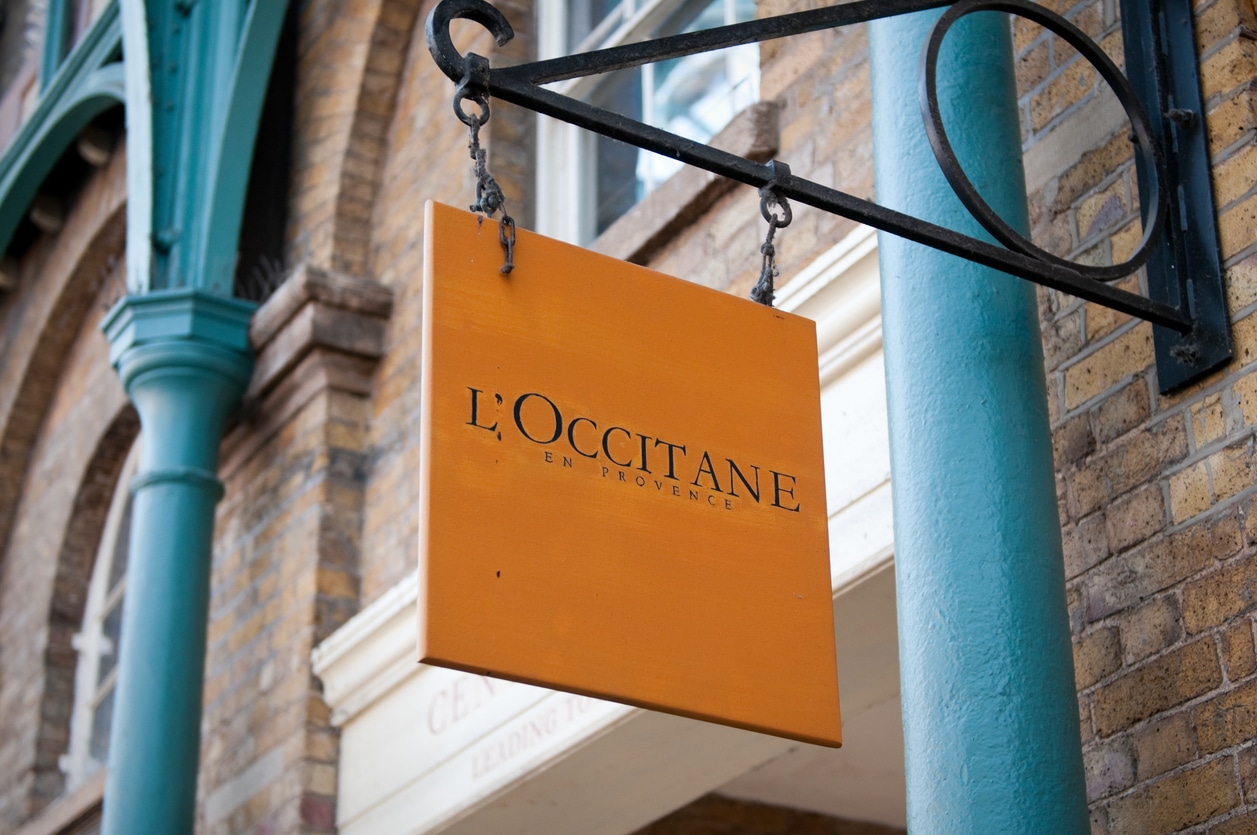The digital ‘shake out’ of the retail industry is only at an early stage – the next three years will see the most profound and rapid change
- Analysis by World Retail Congress and OC&C Strategy Consultants suggests that at 30-40% digital share, retail sectors (in any given market) reach a tipping point where brick-and-mortar store margins become unviable
- By 2025, nearly half of all retail categories will be at or beyond the ‘traditional retail frontier’, where digital will be the dominant force
- Covid-19 has created a decisive acceleration of the digital shift by up to four years, with older customers changing behaviour most profoundly
Findings from new research, launched at the World Retail Congress today, provide further evidence that digitisation will continue to be the most powerful disruptor in retail for the next five years.
World Retail Congress and OC&C analysis of typical retail economics has found a tipping point where brick-and-mortar store contribution margins become unviable, losing out to online channels. This occurs when digital sales reach up to 30% of overall retail sales. This is termed the ‘retail frontier’.
The report, titled ‘Future Business Models’, has identified a series of retail categories where digital channels dominate traditional outlets. It is expected that nearly half of all retail categories will have crossed the frontier by 2025.
The digital retail frontier is not uniform. Many markets and sectors have yet to reach the tipping points while many others have already passed this point. In 2015, only Entertainment Retail demonstrated an online share of over 40% across all geographic markets, while Electricals and Clothing & Footwear had crossed the frontier in the most advanced markets. Today, Clothing and Footwear is accelerating through the Frontier in Europe, North America and developed APAC markets.
By 2025 the frontier will have advanced significantly, taking in most categories in the most advanced e-commerce markets. Food and Grocery, Health and Beauty, Home and Luxury categories will remain as ‘hold-outs’ where store-based retail persists as the dominant channel.
This transformation in the retail sector is primarily being driven by digitisation, which has seen decisive acceleration thanks to trading conditions created by Covid-19. In many markets, this impact is driving a two-to-four year acceleration in the pace of digital adoption.
The report follows previous research released in 2019, which found that 76% of the world’s leading retailers believed their model needs to change for them to remain relevant in the next five years and a further 21% said they have doubts about the sustainability of their business models.
James George, Partner at OC&C, said:
“The retail sector has been shaped by digitalisation for several years now, however our research shows the effect of this transformation is still really in its early stages. Covid has delivered a decisive acceleration to this digital shift – in some markets by as much as four years.
“This Covid-driven acceleration has taken many sectors beyond a tipping point where traditional retail economics start to break. This has resulted in 30% of sectors passing the tipping point already, and over the next three years this will rise to more than 40%.
“We are about to hit the steep part of the retail industry’s digital transformation ‘S-curve’ – when we can expect the landscape to change more in the next five years than in the previous ten.”
Ian McGarrigle, Chairman, World Retail Congress, commented:
“The headline that is most commonly used is that over two years of living with Covid-19 has led to a massive acceleration of change across the retail industry. Primarily this refers to the growth in online shopping. What this report from OC&C does is to go beyond that headline to show what this continued trajectory of online growth actually means for the existing retail model and brick and mortar in particular. Big decisions are needed by retailers around the world to embrace this new balance between on and offline and how best to serve their customers in this newly emerging era of digital transformation.”
Retailers will adapt based on their position within the frontier
The relative positioning of retailers to the frontier will impact the strategic actions that retailers should take. At The Land of the Digital Native position beyond the frontier, there is over 40% category online penetration and retailers are increasingly focused on adapting and harnessing successive waves of digital innovation. They are building relationships with 3rd parties, driving for expansion through category expansion, and engaging with new digital channels to drive engagement and customer recruitment.
There is 20-40% online penetration at the Life on the Frontier position. The challenge for retailers here is rapid transformation coupled with a drive to build flexibility in cost base and operating model. Improving customer stickiness is essential around the frontier as rapid innovation and a digital landgrab increases customer promiscuity.
At the Last Mover Advantage position, retailers are outside of the frontier with less than 20% penetration. However, these businesses are at an advantage by being able to follow a more established playbook of those before them. Digital innovation remains essential but there are opportunities to integrate digital and physical channels more effectively in ways that other sectors have struggled with.
Wichtige Ansprechpartner/-innen

James George
Partner

Tom Charlick
Partner

